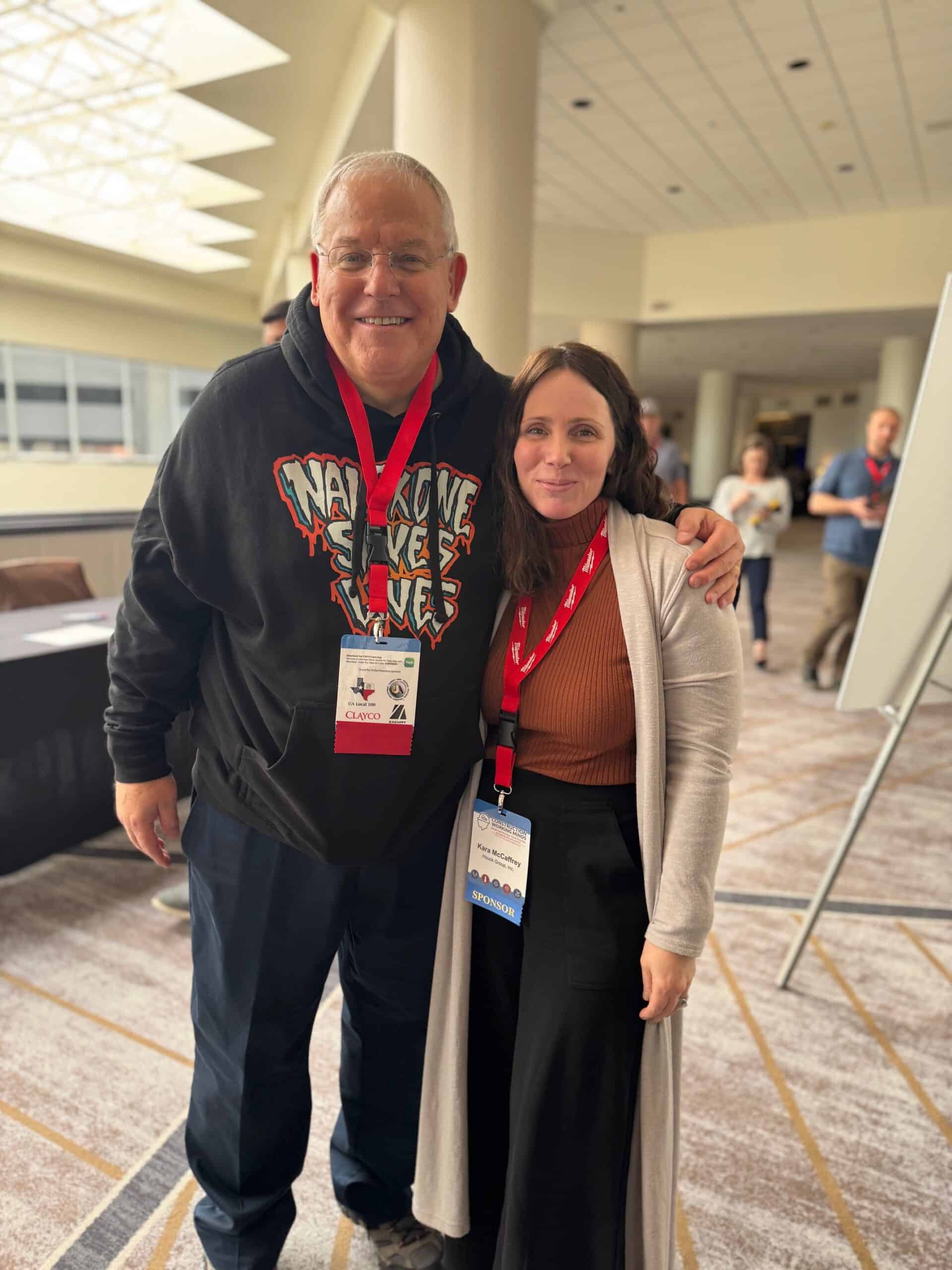by
Assistant Director of SAFE Campuses, Student Development Programs
SAFE Campuses partners with colleges and universities to transform campus cultures and fill gaps in services.
Our team works to address substance use disorder and promote recovery in all its forms.
Learn more about SAFE Campuses.
How many times have you heard this?
“She’s just so moody.”
“It’s just a phase they’re going through.”
When we were teens, our behaviors or mood swings were simply written off as “being a teenager”, “out of sorts”, or “growing pains.” It may not have been till years later that we were finally diagnosed with anxiety, depression, or, with help, finally understood that we were simply reacting to stress at school or at home.

“There is a role for every one of us in supporting youth mental health. The rates of poor mental health for young people are rising at alarming levels, according to many studies including the CDC and Monitoring the Future,” says Ronna Yablonski, Senior Director of SAFE Choices, a student-driven outreach and prevention program empowering youth in schools and communities.
What’s the best thing we can do to protect our children and teens? Yablonski says the leading protective factor is to help them build healthy connections and strong bonds and relationships with adults and peers at school, in the family, and in the community. “Kids and teens are not immune from mental challenges and disorders. When occurring simultaneously with a substance use disorder, it is referred to as co-occurring disorders, comorbid disorders, or a dual diagnosis. Early recognition and professional help can lead to successful treatment and full recovery.”
“Kids and teens are not immune from mental challenges and disorders… Early recognition and professional help can lead to successful treatment and full recovery.”
Ronna Yablonski, Senior Director of SAFE Choices
Lessons Learned: 5 Things to Remember
- Prepare to Listen: Check out our Lessons Learned on how to prepare to talk to your teen, and how to listen.
- Pick the Right Time, not when they are dealing with schoolwork or when either or both of you are tense.
- Easy Conversation Starters: “I see you’ve been struggling lately“ or “I see this is hard for you.”
- Don’t ask, “What’s wrong?” It can make kids of all ages freeze up, so the likely response will be, “Nothing.” That builds a wall.
- Don’t be the Fixer: it’s common for parents to want to jump in and fix the problem – especially with teens. Don’t try to tell them how to fix what’s bothering them unless they specifically ask you for advice.
Resources
National Hotlines:
SAMHSA’s National Helpline: 1-800-662-HELP (4357) or TTY: 1-800-487-4889 confidential, free, 24/7 information service, in English and Spanish, for those facing mental and/or substance use disorders.

